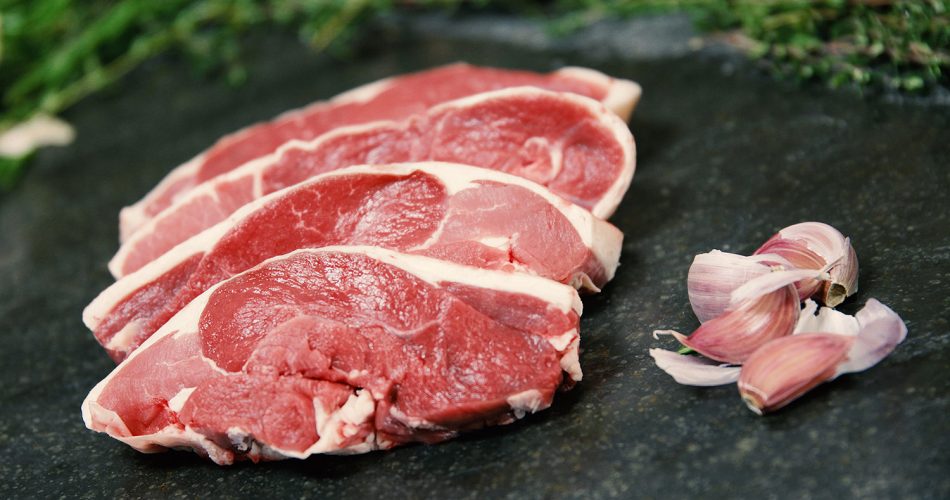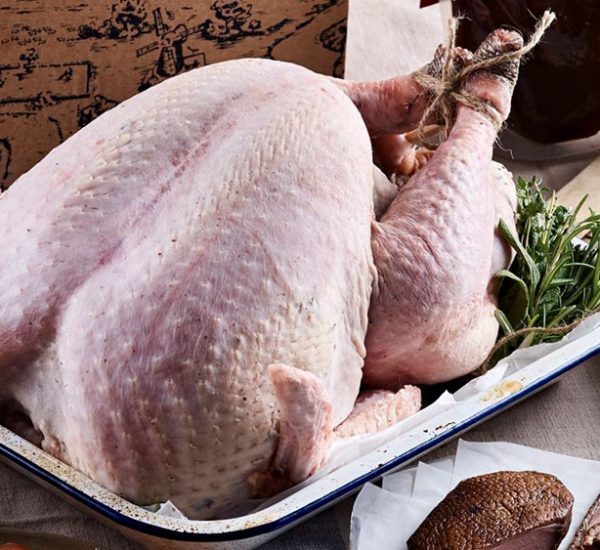As the name implies, Salt Marsh Lambs graze on land regularly covered by the sea when the tides come in over the marshes. The lamb is not a specific breed of lamb, rather Salt Marsh Lamb gets its name from the unique eco-system that the lambs graze.
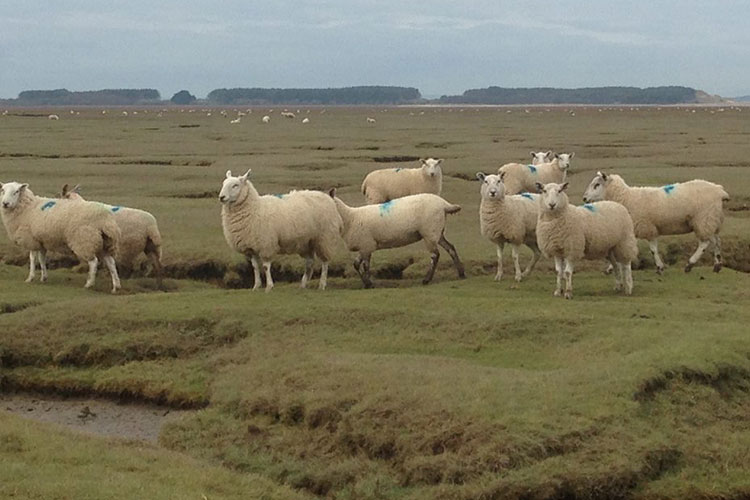
A lot of people think the meat will taste salty. But once they try it, they discover that saltmarsh lamb is actually sweeter and more tender than inland reared lamb. You really can taste the difference.
There’s such a diversity of plants on the marshes, they’ve got things like samphire, sorrel, sea lavender, thrift and sea aster which contain minerals that influence the flavour. That’s what makes Salt Marsh Lamb taste so good. Read more
Real Food Hub’s Salt Marsh Lamb is from the Gower Peninsula in South Wales which has long had a reputation for its Salt Marsh Lamb. The Pritchard family have farmed at Weobley Castle there since the 1960’s. Will Pritchard says” The flavour is unique and special. It’s got a sweeter, slightly stronger flavour. It tastes of what the lambs eat, basically – they eat lots of nutritious herbs and vegetables down there on the salt marsh. I don’t think you even need to add salt and pepper to it. Don’t mess around with the flavours. It’s got everything you need in it, right from the start.”
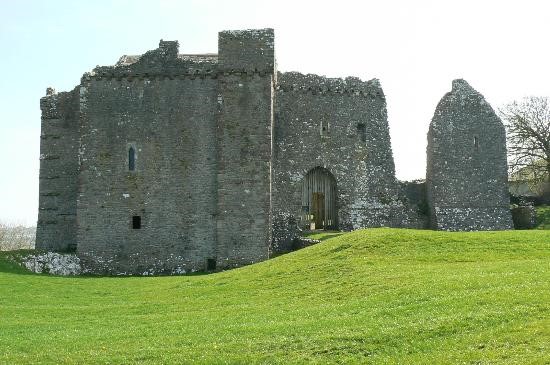
So it’s strange to think that until relatively recently the meat was rarely sold as salt marsh lamb, and was instead lumped in with more standard fare. But around 15 years ago, Rowland, Will’s Father, started “Gower Salt Marsh Lamb” to add value to his lamb. The French have prized their “Pre-sale lamb” (salt meadow lamb) for centuries so it was time that the British caught on, and they have. Support from Chefs and more knowledge among customers mean that Salt Marsh Lamb is in high demand. Gower Salt Marsh lamb are likely to win a PDO (protected designation of origin status).



Will, Dan and their Father Rowland now produce around 1,000 lambs a year, beginning in July and running through to Christmas, their farm has the biggest flock of salt marsh sheep in the UK. They process most of the lambs on the farm and they all multi-task – they are basically all farmers, but have all done butchery and cutting courses, so they can do it all themselves.
Their lives are completely dictated by the tide times, the tide table being the most important document in the Pritchard’s home! The booklet details every tide in a given year, information that dictates when Dan can graze his flock on the salt marshes.
When a tide is predicted to rise to 7.4 metres (can be approximately once a month), it is time for Dan and his family to round their sheep off the marsh land and move them to other farmland until the water level subsides.
Fortunately, the table is highly accurate so there have been very few occasions when poor weather conditions have forced an unpredicted and speedy departure.
“We have to keep one eye on the weather, sometimes it can be a bit of a panic to bring the sheep in but we have a track that runs down to the marsh and we can get out there in ten minutes.” says Dan Pritchard.
The lambs are brought home to Weobly Castle Farm which is a grassland farm extending to 250 acres and incorporates 20 acres of woodland.
The Pritchards use this land for grazing when the marsh is flooded and also from November, when conditions on the marshland get too challenging for the flock.
The sheep spend almost their whole lives on the salt marshes. They come in for lambing and shearing, and when the tides are high, but apart from that, the Gower Salt Marsh is their home.
The seawater naturally cleanses the land, so the lambs stay healthy out on the marshes. They have to walk further and work harder to get the calories from the fine marsh grass, they roam and use their muscles, salt marsh lambs tend to be leaner and the meat darker. Grazing isn’t as easy for lambs on a salt marsh. The grass is very short, so that’s why you don’t get over-fat lambs. Will’s brother Dan says he “aims for a 19kg carcass but, because the lamb is marketed through the farm’s own shop this is only a guide. It is not like selling to a supermarket where everything has to be uniform.”
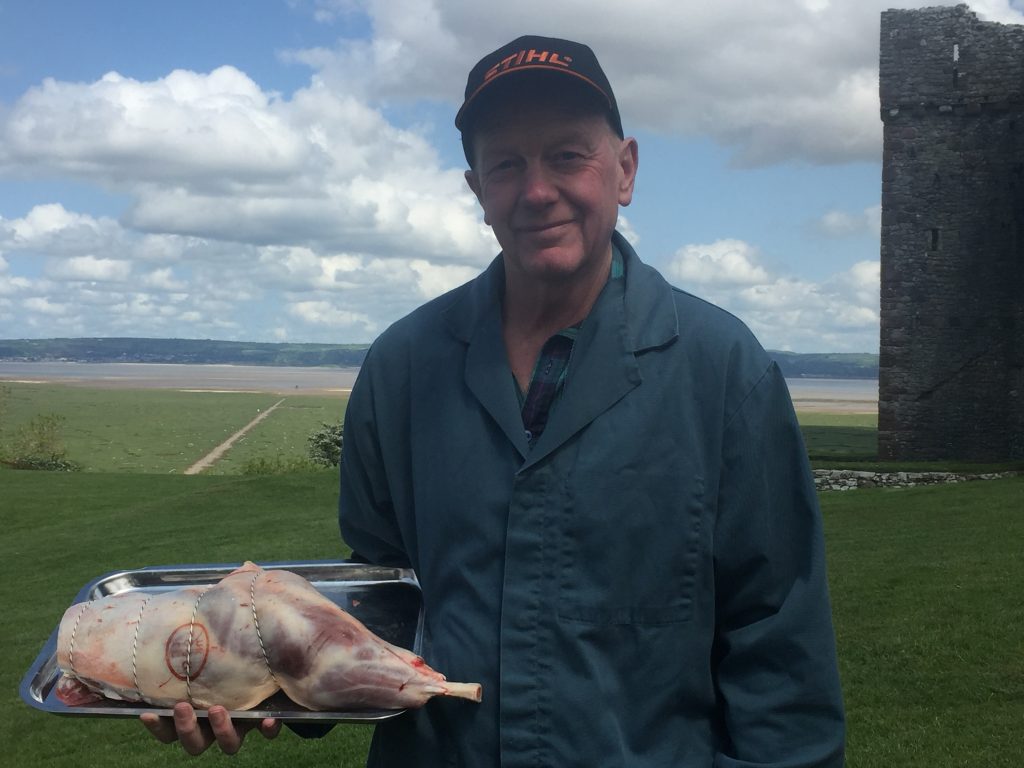
Gower Salt Marsh Lambs are slaughtered at a small abattoir at Crofty, five miles from the farm, they could almost walk the sheep there if there were enough people to block the gateways! The carcasses are butchered on the farm; cuts also sold to restaurants and, through a distribution company, to retail outlets like Wholefoods in London. Customers who order through the internet get next day delivery; the meat is boxed and kept cool with Woolcool, a natural cooling product made from wool.
The Pritchard’s have built up quite a following for their Gower Salt Marsh Lamb over the last 15 years and now around 30 lambs a week are sold through the shop and internet deliveries.
A Look at Some of the Unique Herbs Found on the Gower Salt Marshes:
Samphire, also known as sea asparagus is thought to have digestive, diuretic and detoxification properties. It is rich in antioxidants which could explain why it may have anti cancer effects on the gastrointestinal tract. This salty vegetable is loaded with a variety of nutrients. Samphire is rich in vitamins A, C, B2, and D as well as having high levels of Iodine, iron, calcium, magnesium, silica, zinc and manganese. Additionally, samphire is rich in fibre and amino acids. Source https://fieldtoforkorganics.co.uk/
Sorrel may include its ability to improve eyesight, slow aging, reduce skin infections, strengthen the immune system, and improve digestion. Source https://www.organicfacts.net/
Sea Aster extract can be great for promoting healthy skin and naturally reducing redness and sensitivity. Sea Aster also contains high amounts of Vitamin A, C and D, and contains high levels of iron. With high levels of iron too, sea aster is great for all-round nutrition. Source https://nurturedinnorfolk.co.uk/
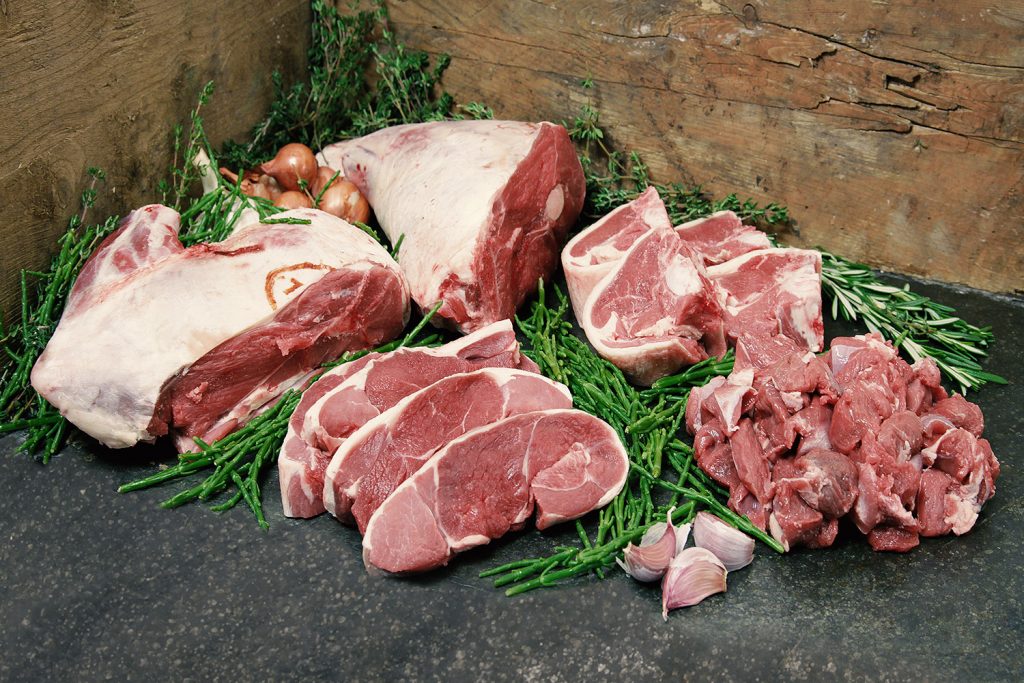
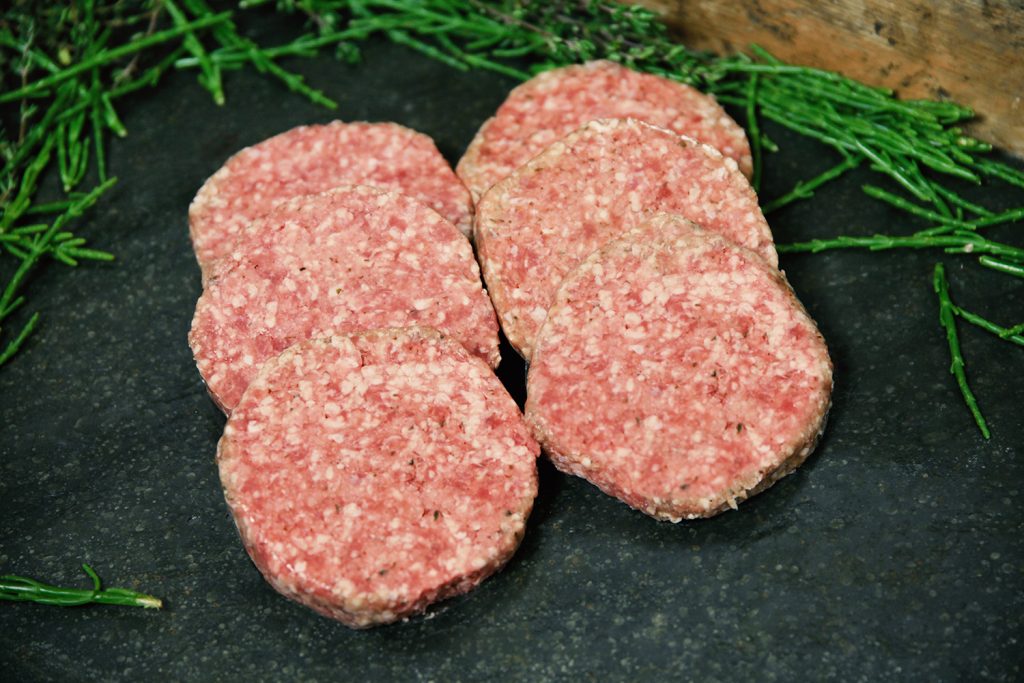
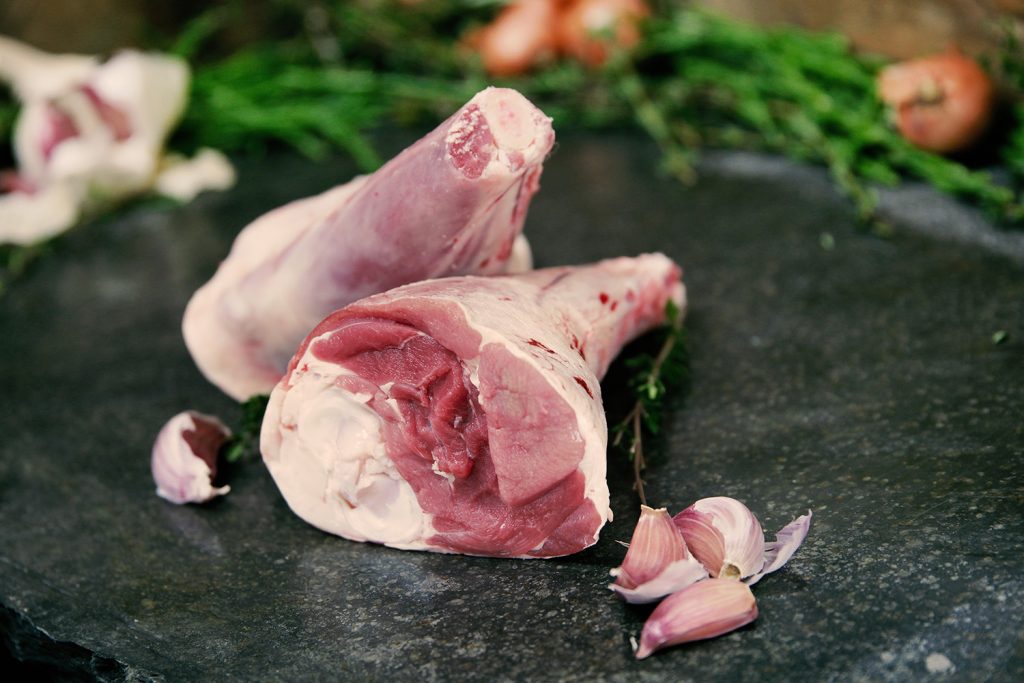
Buy Gower Salt Marsh Lamb here: https://www.realfoodhub.co.uk/supplier-listing/gower-salt-march-lamb
For further info on Salt Marsh Lamb see here

